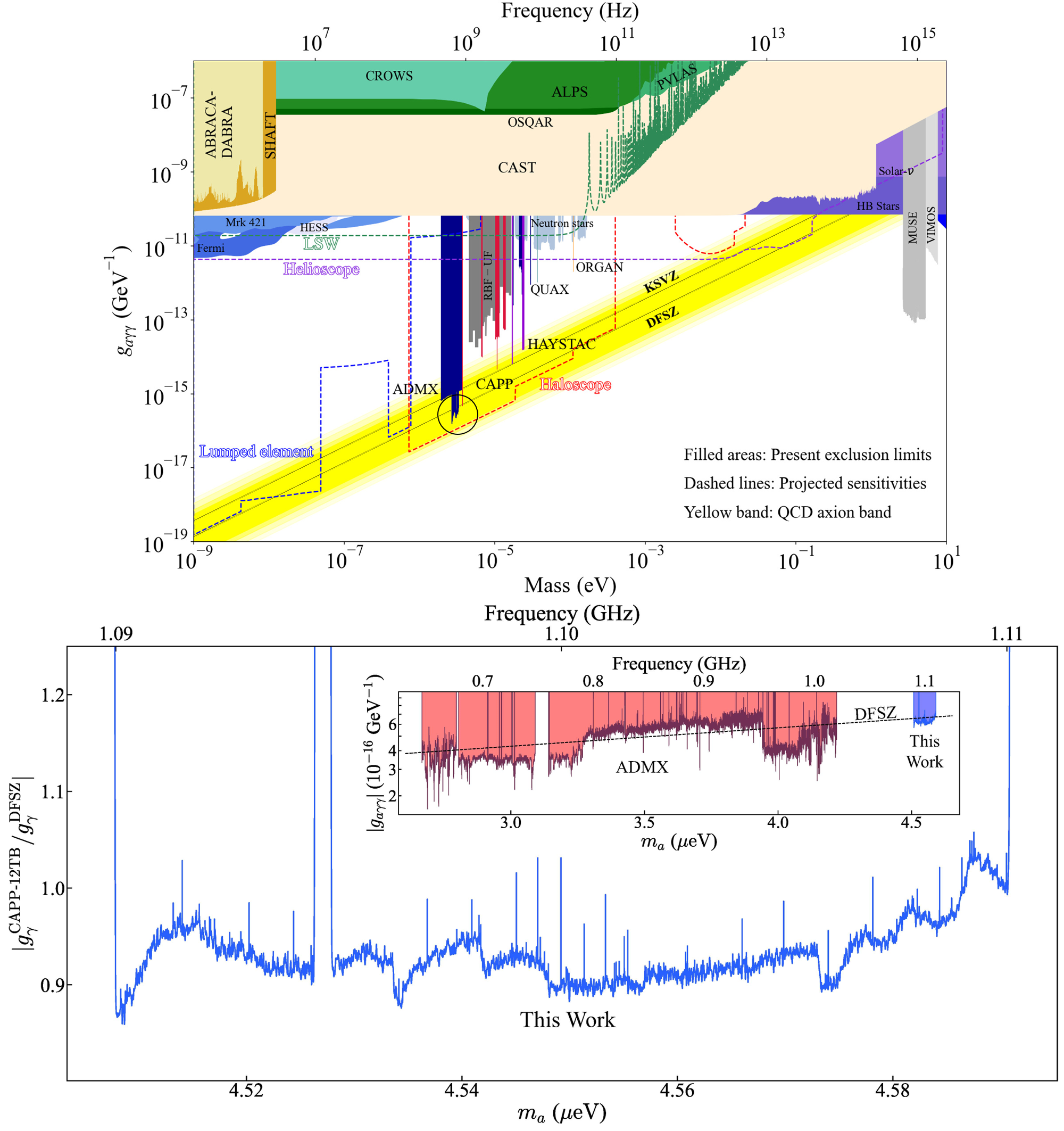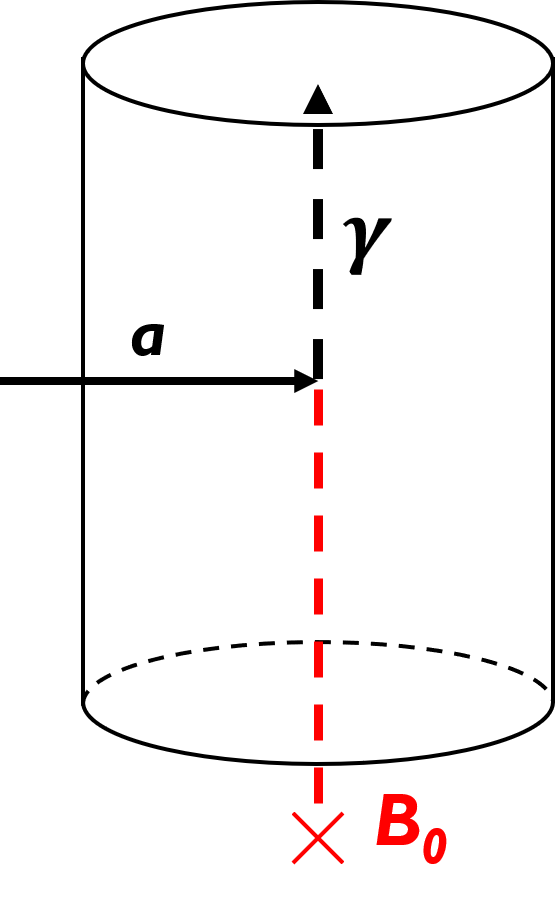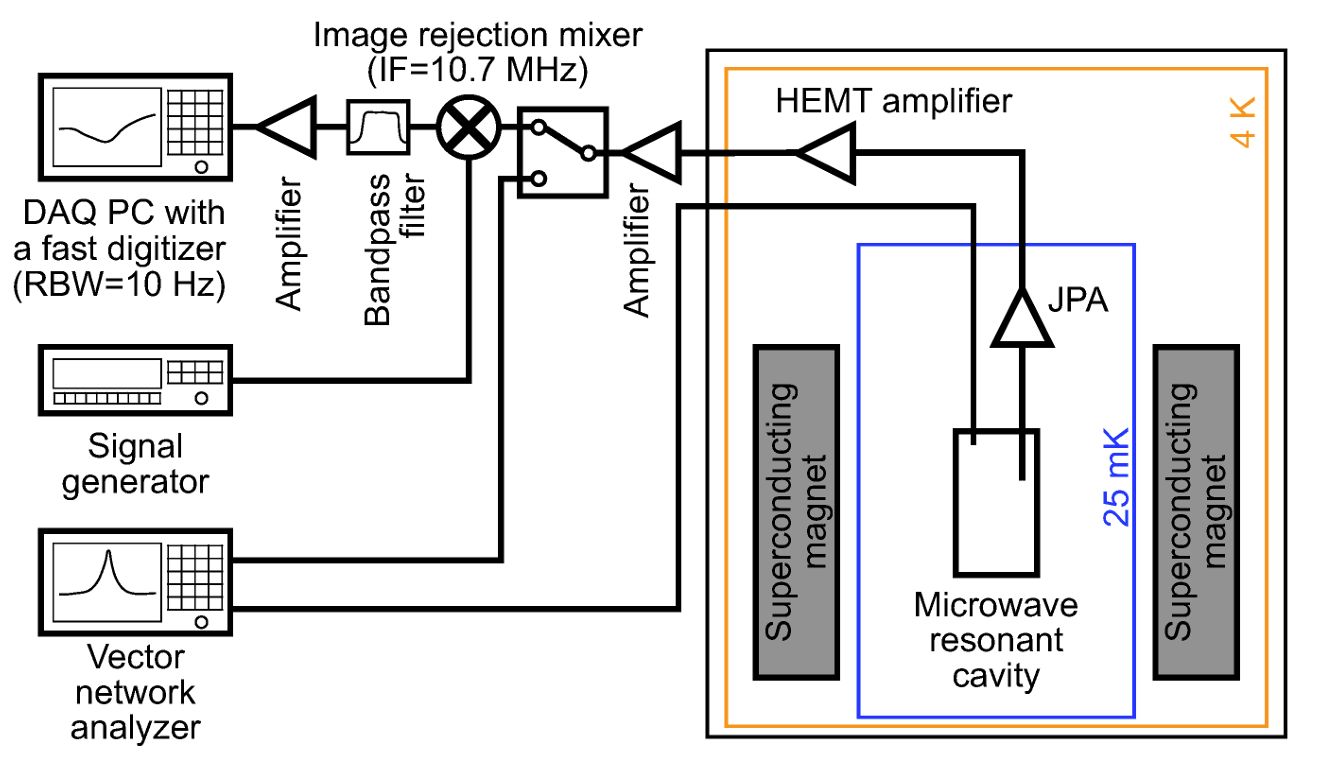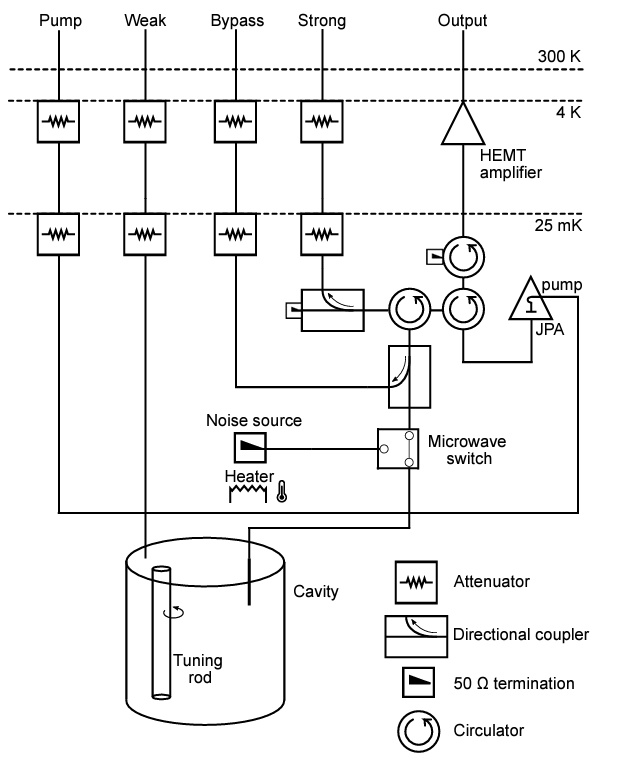주메뉴
- About IBS 연구원소개
-
Research Centers
연구단소개
- Research Outcomes
- Mathematics
- Physics
- Center for Theoretical Physics of the Universe(Particle Theory and Cosmology Group)
- Center for Theoretical Physics of the Universe(Cosmology, Gravity and Astroparticle Physics Group)
- Center for Exotic Nuclear Studies
- Center for Artificial Low Dimensional Electronic Systems
- Center for Underground Physics
- Center for Axion and Precision Physics Research
- Center for Theoretical Physics of Complex Systems
- Center for Quantum Nanoscience
- Center for Van der Waals Quantum Solids
- Chemistry
- Life Sciences
- Earth Science
- Interdisciplinary
- Center for Neuroscience Imaging Research(Neuro Technology Group)
- Center for Neuroscience Imaging Research(Cognitive and Computational Neuroscience Group)
- Center for Algorithmic and Robotized Synthesis
- Center for Genome Engineering
- Center for Nanomedicine
- Center for Biomolecular and Cellular Structure
- Center for 2D Quantum Heterostructures
- Center for Quantum Conversion Research
- Institutes
- Korea Virus Research Institute
- News Center 뉴스 센터
- Career 인재초빙
- Living in Korea IBS School-UST
- IBS School 윤리경영


주메뉴
- About IBS
-
Research Centers
- Research Outcomes
- Mathematics
- Physics
- Center for Theoretical Physics of the Universe(Particle Theory and Cosmology Group)
- Center for Theoretical Physics of the Universe(Cosmology, Gravity and Astroparticle Physics Group)
- Center for Exotic Nuclear Studies
- Center for Artificial Low Dimensional Electronic Systems
- Center for Underground Physics
- Center for Axion and Precision Physics Research
- Center for Theoretical Physics of Complex Systems
- Center for Quantum Nanoscience
- Center for Van der Waals Quantum Solids
- Chemistry
- Life Sciences
- Earth Science
- Interdisciplinary
- Center for Neuroscience Imaging Research(Neuro Technology Group)
- Center for Neuroscience Imaging Research(Cognitive and Computational Neuroscience Group)
- Center for Algorithmic and Robotized Synthesis
- Center for Genome Engineering
- Center for Nanomedicine
- Center for Biomolecular and Cellular Structure
- Center for 2D Quantum Heterostructures
- Center for Quantum Conversion Research
- Institutes
- Korea Virus Research Institute
- News Center
- Career
- Living in Korea
- IBS School
News Center
South Korea Debuts First Search for DFSZ Axion Dark Matter- Search for physics beyond the Standard Model using colossal magnet 300,000 stronger than the Earth’s magnetic field - A South Korean research team at the Center for Axion and Precision Physics Research (CAPP) within the Institute for Basic Science (IBS) recently announced the most advanced experimental setup to search for axions. The group has successfully taken its first step toward the search for Dine-Fischler-Srednicki-Zhitnitskii (DFSZ) axion dark matter originating from the Grand Unification Theory (GUT). Not only that, IBS-CAPP experimental setup allowed for far greater search speed compared to any other axion search experiments in the world. The notion of physics being dead has been a recurrent opinion across the longstanding history of the subject. In the late 19th century, William Thompson, also known as Lord Kelvin, erroneously believed that there would be no new discovery in physics after 1900. Likewise, some have thought that there were no new particles to be found after neutrons were discovered in the 1930s. Even today, some worry that modern theoretical physics is at a dead end. However, this is far from the truth. Our current limit of knowledge in physics, the Standard Model, is capable of only explaining 5% of the universe, with the other 95% consisting of dark matter and dark energy. Not only that, the current Standard Model has limitations in explaining problems such as the strong CP (charge conjugation-parity) problem. The problem arises from the observation that the strong force, which is described by quantum chromodynamics (QCD), does not appear to violate CP symmetry, while the electroweak force violates CP symmetry to a small extent. This contradicts the Standard Model which predicts that CP symmetry should be violated by the strong force at a level that is much larger than what has been observed. One proposed solution to the problem involves the existence of hypothetical particles called axions, which could resolve the discrepancy between the predicted and observed levels of CP violation in the strong force. Axion is one of the strongest candidates for dark matter. The discovery of axion dark matter is a landmark event in human history that can unveil the reality of 27% of the Universe, and its discoverers will undoubtedly win a ticket to Stockholm. Currently, two different proposals for “beyond the Standard Model” exist to explain the strong CP problem. The main difference between the two models is that they predict different types of couplings between axions and other particles. In the “Kim-Shifman-Vainshtein-Zakharov” (KSVZ) model, axions are primarily coupled to heavy quarks, while in the “Dine-Fischler-Srednicki-Zhitnitsky” (DFSZ) model, they are coupled to the Standard Model quarks and leptons via Higgs bosons. As dark matter, axions have very weak (or little) interaction with ordinary matter, so searching for them can be a tricky business. One commonly used approach involves microwave cavity experiments. These experiments use a strong magnetic field to convert axions (if they exist) into resonant electromagnetic waves, which are then detected using a receiver. The axion’s mass can then be calculated from the detected wave’s frequency. Since axion mass is unknown, physicists must expand their search and scan a huge range of frequencies (see Figure 1). The problem is exacerbated in the case of searching for a DFSZ axion, which requires much greater sensitivity than the KSVZ axion. In microwave cavity search experiments, achieving higher sensitivity requires exponentially higher search time, and hence searching for DFSZ axion is out of reach for almost all existing experimental setups. As a result, while a few axion search experiments have successfully searched for signals in the KSVZ axion sensitivity ranges, so far the only experiment that was capable of attaining the sensitivity necessary to search for DFSZ axions was the ADMX (Axion Dark Matter eXperiment) conducted by the ADMX collaboration. This makes IBS-CAPP the second group in the world to successfully search for axion with DFSZ sensitivity. IBS-CAPP group utilized a 12T magnet, which is more powerful than the 8T magnet used by the ADMX. In order to minimize the background noise, the experiment setup was maintained at close to absolute zero temperature. In addition to using a more powerful magnet, the IBS-CAPP experiment used quantum technologies and a more effective computational approach to curate the data. This allowed the IBS-CAPP to search for DFSZ axions at 3.5 times the rate of the ADMX setup. The latest publication by the IBS-CAPP details the demonstration of their new setup for DFSZ axion search from 2022 March 1st to March 18th. As a result, the group was able to exclude axion dark matter around 4.55 µeV at DFSZ sensitivity. “Discovery of axion will allow us to understand up to 32% of the mass-energy of the universe, up from 5% offered by the current Standard Model,” states research fellow KO Byeong Rok of the IBS-CAPP. He added, “We plan to take advantage of the blazingly fast speed of our experimental setup to quickly search for DFSZ axions at the wide frequency ranges of 1 to 2 GHz.” It is hoped that the discovery of axion will support the Grand Unification Theory (GUT), which unites the three fundamental forces – strong, weak, and electromagnetism. It is believed that the three fundamental forces were united and indistinguishable at the earliest moment after the Big Bang, under conditions orders of magnitudes higher than achievable in the Large Hadron Collider today. It is hoped that the GUT will serve as a stepping stone to the coveted Theory of Everything (TOE) that has eluded theoretical physicists all these years. Director Yannis SEMERTZIDIS of IBS-CAPP said, “We are highly grateful for all the funding and support that the Institute for Basic Science and South Korean taxpayers provided for this project. It is thanks to them that South Korea now hosts the most advanced axion search experimental facility in the world. If axion exists, I have no doubt it will be found right here in South Korea.”
Notes for editors
- Reference
- Media Contact
- About the Institute for Basic Science (IBS)
|
| Next | |
|---|---|
| before |
- Content Manager
- Public Relations Team : Yim Ji Yeob 042-878-8173
- Last Update 2023-11-28 14:20















